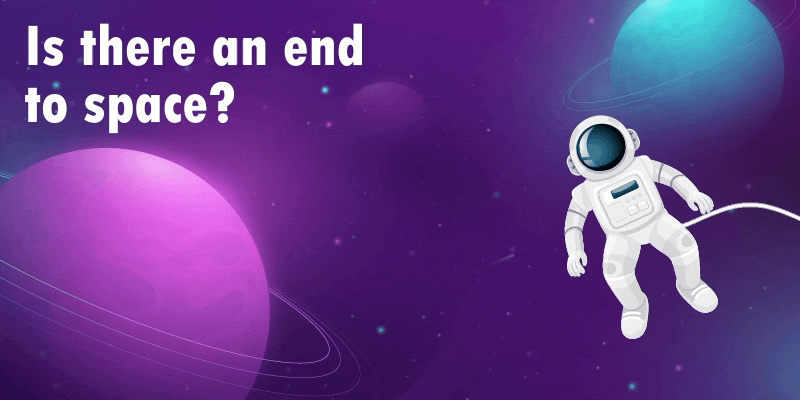
When you look up into the sky at night and see all the thousands of stars blinking back at you, it’s hard not to wonder what’s out there.
And while we still know very little about what’s in space, we are also constantly discovering new things about space itself. For instance, have you ever wondered who first thought of studying space? What made us think of ways to travel into it?
We’re here to explore a similarly fundamental question – where does space begin and end? Is there such a thing as an end to space, even?
The Kármán Line
There is some debate over where exactly space begins. Is it the point where the Earth’s atmosphere ends? And if so, how does one measure the end of the atmosphere?
While there is no specific answer, many experts speculate that space can begin anywhere between 30 km above the Earth’s surface to more than a million kilometres. The most widely accepted marker, however, for the beginning of space is called The Kármán Line.
It is an imaginary line approximately 100 kms above the surface of the Earth, and roughly marks the point where a traditional aircraft would not be able to fly. Anything that flies above this line would need a propulsion system that doesn’t rely on the Earth’s atmosphere as it is too thin at such a high altitude. Simply put, the Kármán Line is where the physical laws of flying don’t apply anymore.
Now, while most of the world, including the United Nations and most space agencies have accepted this line as the official start of space, the U.S. and NASA have been reluctant to do so. Even so, the Federal Aviation Administration grants astronaut wings (or astronaut status) to those who have flown above it. In fact, when billionaire Richard Branson’s Virgin Galactic flight took off toward space last year, in an attempt to start space tourism, there was some debate as to whether they actually went into space. The U.S. and NASA agreed that Branson’s flight did go into space at 80 kms above surface level, but many argued that they didn’t as they didn’t cross the Karman Line.
Interestingly, the man the line is named after — Hungarian aerospace engineer Theodore von Kármán — never actually published his theory about this physical line marking the start of space. He simply hypothesized that space should logically start where the laws of physics on Earth don’t apply anymore. But it has, nonetheless, become a collectively-held belief.
Figuring out where space starts is an easier task – because we have a starting point of reference. But how do we figure out where space ends?
There is no consensus on where it ends, but there are many theories about it — all equally probable.
Some scientists believe that there is no end to space and that if we were to keep travelling through space, we would just keep passing an infinite number of galaxies just like ours. Others think that space actually may be a large loop. If we kept travelling through space, we would pass a seemingly unending number of galaxies, but at some point, we would complete the loop and end up where we began.
While most in the scientific community believe the first theory is more likely, some are still exploring if there is a point where galaxies just end — and if there is, what lies beyond. You might also be interested in reading about the famous firsts in space!
Do you think there is an end to space? If so, what lies behind it? Let us know in the comments below.
Read more about space and its mysteries on Knowledge Vine:
15 Facts About Space That Will Rock Your World
How do Astronauts Eat, Sleep and go to the Bathroom in Space?
Madhavi is passionate about everything to do with books, art, literature, films, trivia and food. A former journalist, she believes that asking questions makes life interesting.